With the holiday season almost around the corner, now is the right time to prepare for that ultimate family getaway. Creating enjoyable memories is all about having the right gear and the attitude to go with it. You won’t need all the luxuries of home, but there are a few necessary items you without which you can’t do. And possibly the first thing on your shopping list should be an awning of the right size and shape for your car. It will be the foundation for that extra living space under the hot Aussie sun.
There are different awnings available. They differ by the amount of shade and extra space they create, the materials and fittings, ease of assembly and accessories. Choosing a car awning is also about how it fits the car. There are dozens of locally-produced models made by companies with years of experience selling camping gear. And they’re sold in the same stores and retailers where you can buy 4WD accessories for your rig.
Why You Need an Awning
A roof over one’s head is never a bad thing, even if made of fabric. Awnings are just that. They add an element of protection and cosiness to your camping space. They’ll shield from the hot sun, stronger gusts of wind and the odd downpour on bad weather days. With kids around, you’ll appreciate an awning in any situation.
Awnings also help in personalising the campsite. The added space lets you enjoy more of the scenery without feeling cramped. Additions like awning screens and tents are easily attached. They can also divide spaces into sleeping, eating, and living areas. Throw in a comfy annexe mat of the same size, and you’ll live like a king.
Choosing the Right Awning
However, getting a quality car awning can be a little tricky. There’s so much variety. These camping goodies aren’t necessarily expensive, but having one that doesn’t fit, is too small, or lacks a little finesse can ruin a camping trip. To spare yourself the hassle, this is an item you need to get right on the first try. That said, the following info can help you find the perfect awning.
Awning Types
You’ll find differently shaped variants that make a world of difference to the overall usable space at the campsite. There are three basic designs: side, rear, and bat (foxing).
Side awnings are the simpler versions, easy and quick to set up and attach to the side of the vehicle, often the passenger side of appointed roof racks. All have the necessary mounting gear, like sturdy aluminium poles, for a tight and stable fit. Side awnings are more affordable options and a good choice for smaller families or a few mates.
Rear awnings mount to the width of the roof and, as a result, won’t provide as much shelter. But they go well with a side awning to get campers that extra space. Attached to the back of the car, they often serve as sleeping quarters combined with similarly sized awning tents. And they also offer quick access to the back of the 4WD and any goodies inside.
Wing awnings are wrap-around variants attached to the passenger side and extend 180 or 270 degrees. Since there’s more material involved, these have more substantial attachments for the roof rack. The space they create is way more than you get with a smaller side awning, giving campers more versatility. With some attachments like side walls and tents, you can create individual and separate spaces, combining open and closed or sheltered areas.
Fabrics and Build Quality
Ripstop canvas is often what most campers choose. It can have different densities, stated as the GSM number or the amount of material per square metre. Look for numbers averaging 50 to 300 GSM, as this is the best balance between durability and weight. Awnings with higher figures may be too heavy and harder to assemble. But if you camp regularly, heavier awnings will cope with more abuse.
Synthetic fibres like polyester combine with cotton for UV resistance and waterproofing. Invisible UV rays are harmful, and awnings with UVP 50+ ratings help you keep protected while offering ample shade and tolerable temperatures. Laminated top layers are for waterproofing and keeping the rain out and help prevent the buildup of damaging mould.
Besides the fabric, look for quality attachments that keep everything in place. Go for metal roof blocks and poles optioned in lighter aluminium or stainless steel for more longevity and durability in stronger winds. While plastic fittings come on cheaper awnings, spend a little more to avoid the hassle of damaged parts.
Awning Size
Sizes vary, and this will depend on the length and width of the roof rack. Larger station wagon 4WDs have longer roof lines and can comfortably fit bigger batwing or foxwing awnings. Smaller side awnings, which are 1,4m wide and 2m long are the ones to get for utes. These are also offered in bigger sizes and fit both types of cars.
Foxwing and batwing awnings provide considerably more shelter, over ten squared metres for most variants, and larger versions will extend 3 metres in all directions. Get a model based on the space you need under shade and the number of people for which it’s intended.
Assembly and Attachments
You wouldn’t want to spend precious time figuring out how to install the awning. Look for an awing that’s quick and easy to assemble, preferably by a single person, while the others can start to enjoy their holiday. Most awnings are mounted using the aluminium backing plate that attaches to the roof rack. They are then retracted to full-length and secured to the ground with telescopic poles. Additional pegs and ropes help keep it in place in heavier winds. The whole procedure shouldn’t take longer than ten minutes.
Attachments and accessories for any car awning increase usability and comfort. These can be screens, walls, or entirely enclosed tents, complete with doors, windows and mozzie screens. These attach to the awning with multiple velcro or heavy-duty zippers. Simple mesh screens are also available. Ensure that any attachment is the same size as the awning for a neat, clean fit.
Pricing and Brands
Prices depend on the awning size, shape, fabric quality and fittings, and how everything comes together. Expect to pay a little over $100 for the smaller side awnings to over $500 for larger batwing designs. More established brands that offer a few extras and features like motorised retracting or LED light strips can charge more.
There are dozens of brands to choose from, and most will tick all the boxes required for an awning that should last for years. Check out manufacturer websites to get all the details on different designs and whether your choice comes with a warranty.

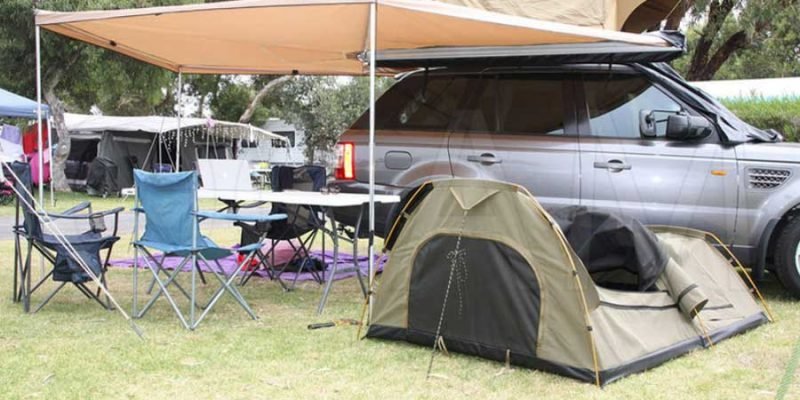

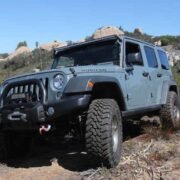

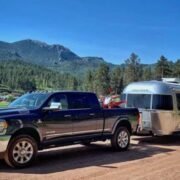
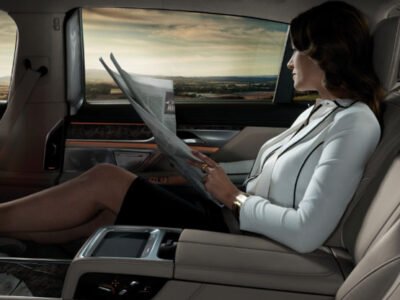
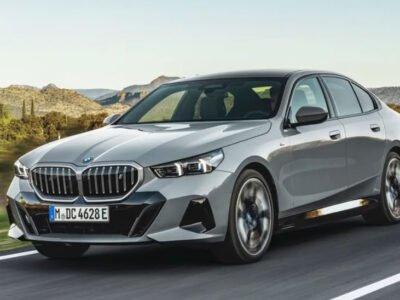

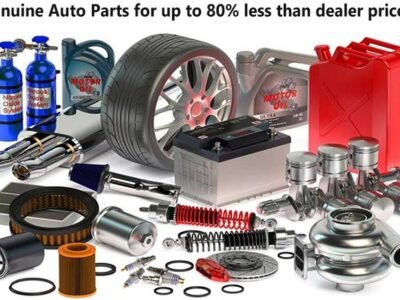








Comments